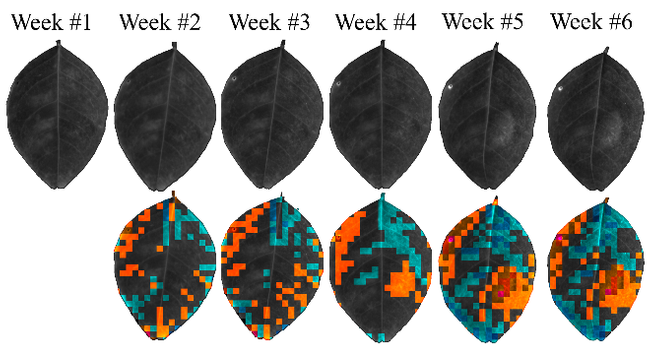Citrus huanglongbing (HLB) is a destructive disease with no known cure. To identify sources of (HLB) resistance in the subfamily Aurantioideae to which citrus belongs, we conducted a six-year field trial under natural disease challenge conditions in an HLB endemic region. The study included 65 Citrus accessio9ns and 33 accessions belonging to 20 other closely related genera. For each accession, eight seedling trees were evaluated. Based on quantitative polymerase chain reaction analysis of the pathogen titers and disease symptoms, eight disease-response categories were identified. We report two immune, six resistant and 14 tolerant accessions. Resistance and tolerance observed in different accessions may be attributed to a multitude of factors, including psyllid colonization ability, absence of pathogen multiplication, transient replication of the bacterium, lack of paht\\thogen establishment in the plant, delayed infection, or recovery from infection. Most citrus cultivars were considered susceptible: 15 citrons, lemons and limes retained leaves in spite of the disease status. Resistance and high levels of field tolerance were observed in many non-citrus genera. Disease resistance/tolerance was observed in Australian citrus relative genera Eremocitrus and Microcitrus. which are sexually compatible with citrus and may be useful in future breeding trials to impart HLB resistance to cultivated citrus.
http://dx.doi.org/10.1094/PDIS-03-16-0271-RE
2016 The American Phytopathological Society, vol. 100, N0. 9, p 1858-1868
Photo: Starch Accumulation in Infected Leaves
Attached Images:
